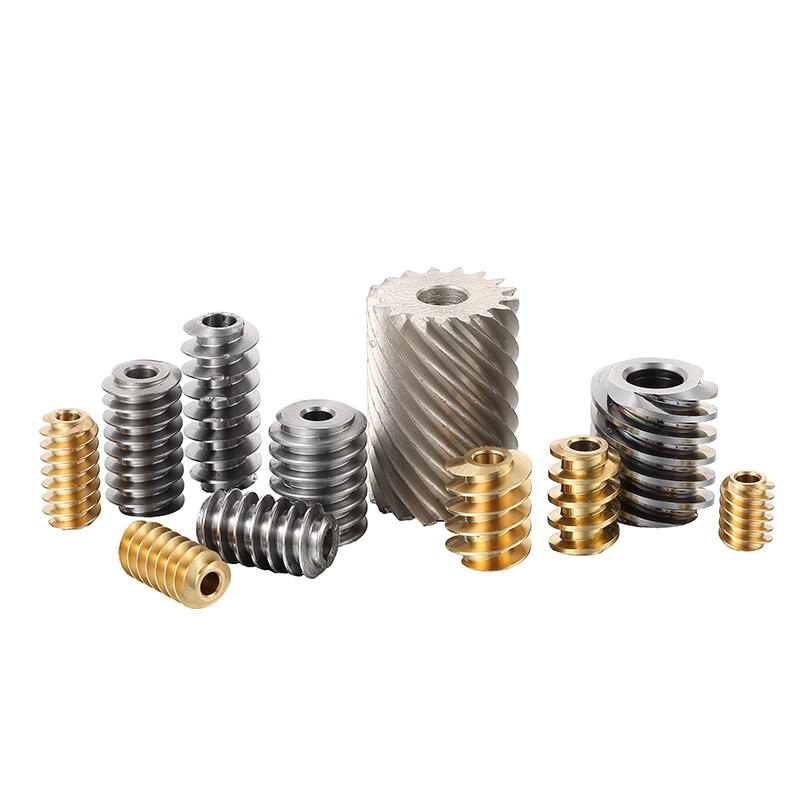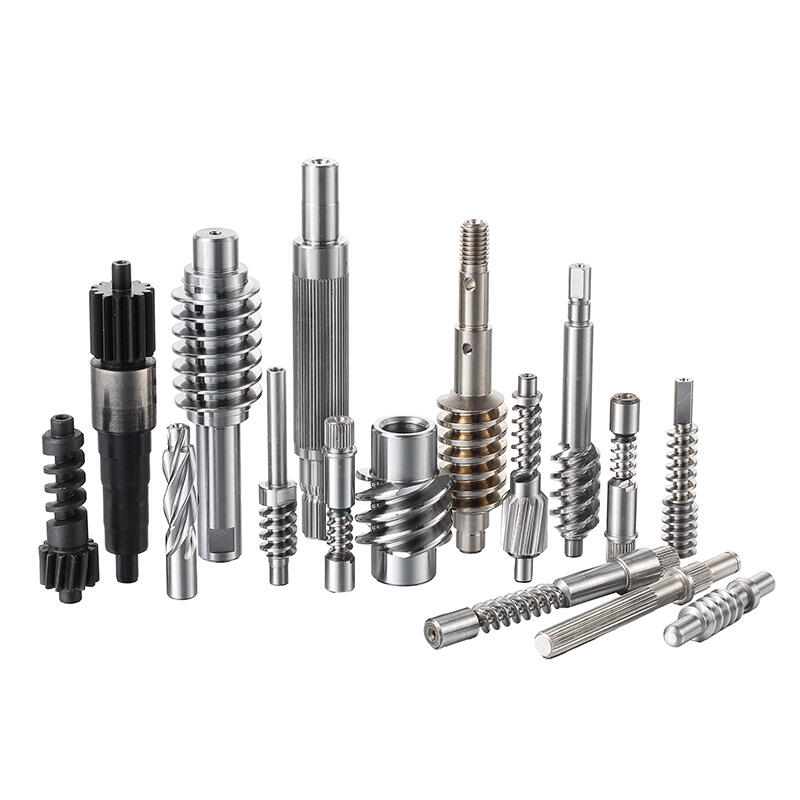shaft ya motor ya umeme
Shaft ya mtori wa umeme hutumika kama sehemu muhimu ya makanika ambayo inapitisha nguvu za mzunguko kutoka kwa mfumo wa umeme wa mtori hadi kwa vyombo vinavyotumia nguvu hiyo. Kipengele hiki muhimu kimeundwa kwa makini kutoka kwa vifaa vya nguvu ya juu, kawaida chuma au silaha zake, ili kuthibitisha utendaji bora na uzidi. Kazi ya msingi ya shaft ni kubadilisha nishati ya umeme kuwa harakati za makanika, kusaidia jengo la rotor, na kuhifadhi mpangilio sahihi wakati wa uendeshaji. Shaft za zamani za moto zina jengo linaloendelea kama vile vizibamo, mistari ya nyuzi, au sehemu zenye thread ambazo zinafacilitate kushikamana kwa nguvu na sehemu nyingine zinazotumika. Shaft inapaswa kweza kupigania shinikizo kali za makanika, ikiwemo mzito wa torque, moments ya kuzunguka, na nguvu za axial, wakati inaendelea kuhifadhi usawaz sambamba. Katika matumizi ya viwandani, shaft za mtori mara nyingi zina tiba maalum za uso au malipa ili kuboresha upinzani wa kuteketea na ulinzi dhidi ya uvamizi. Fikra za kisajili zinajumuisha sababu kama vile hesabu za mwendo wa critical speed, uteuzi wa vifaa kulingana na mahitaji ya mzigo, na mfumo wa vizio sahihi. Shaft hizi ni muhimu katika matumizi tofauti, kutoka kwa vyombo vya uhakika vidogo hadi mashine ya ukubwa wa viwanda, ambapo uwasilishaji wa nguvu unaaminiana ni muhimu kwa ajili ya kifidina cha uendeshaji.


